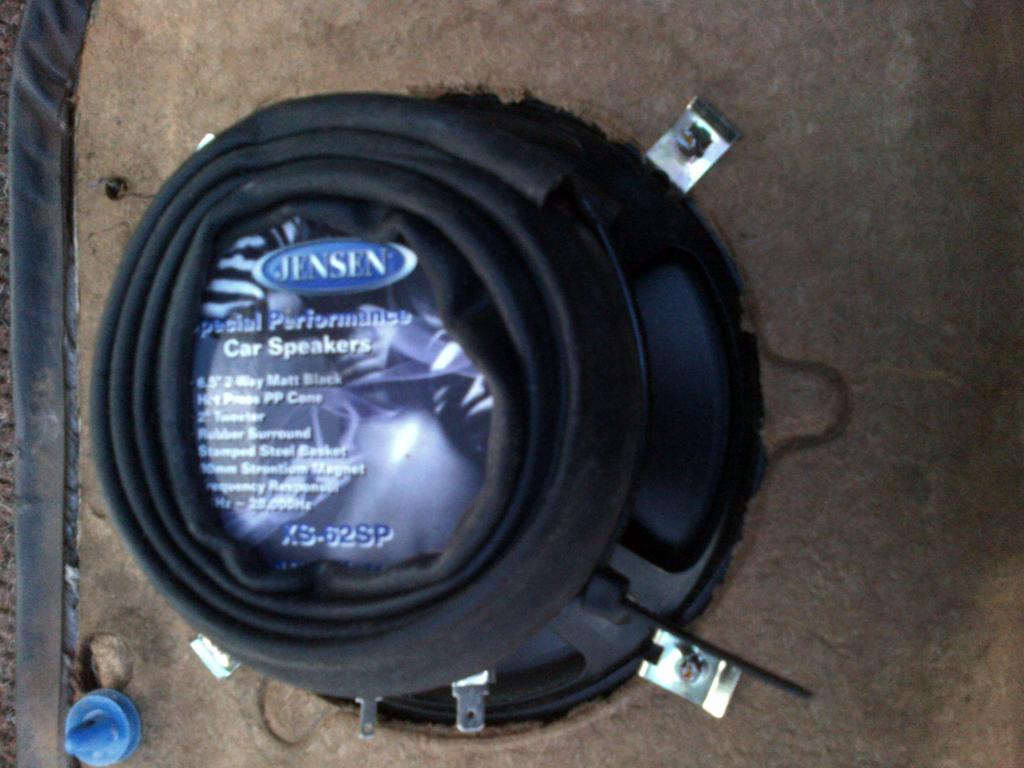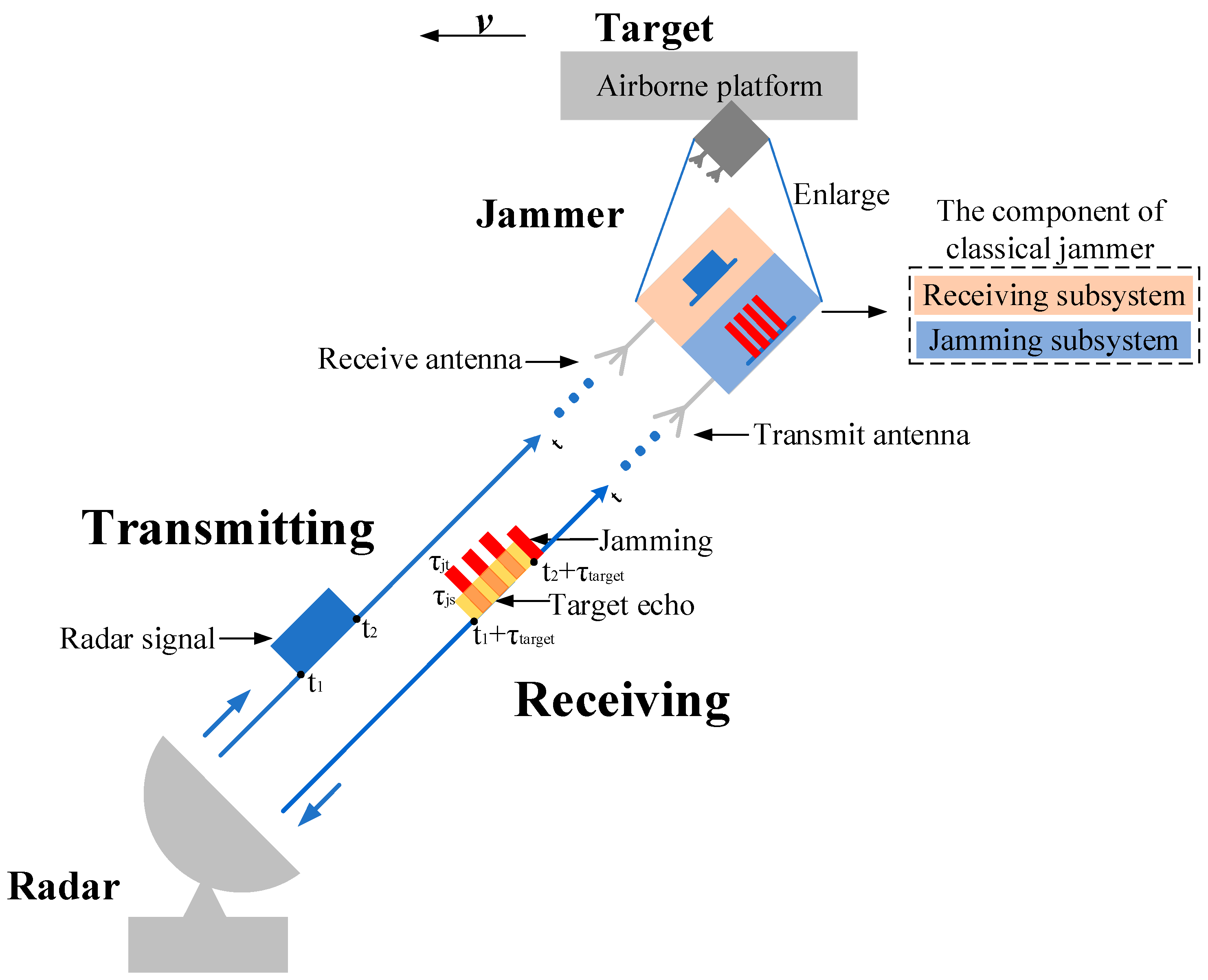

As a relay, LCRD removes the need for user missions to have direct line-of-sight to antennas on Earth. LCRD is a relay satellite with many highly sensitive components that provide increased communications. The payload has two optical modules, or telescopes, for receiving and transmitting laser signals.

NASA and the aerospace industry are taking advantage of these new developments and creating more missions that use lasers to complement radio frequency satellites.ģ. With laser communications in place, spacecraft can send back more data at once in a single download. This same concept – minus the fiber cables – is applied to space-based laser communications, which allows spacecraft to send high-resolution images and videos over laser links. This is, in part, due to the fiber optic connections sending laser light densely packed with data through plastic or glass cables, creating a faster user experience. Our home internet connections these days allow high-definition videos, shows, and content to reach our screens almost instantaneously. The addition of laser communications to spacecraft is similar to humanity’s use of high-speed internet with technologies like fiber optic networking: revolutionary. If you were alive in the late ’80s and early ’90s, you’ll remember the dial-up speeds of the terrestrial internet – slow and painful. Laser communications will let spacecraft send home more data in a single downlink. Credit: NASA Goddard Space Flight CenterĢ. LCRD will continue NASA’s exploration of laser communications to support future missions to the Moon and beyond. LCRD will fly as a hosted payload aboard a Department of Defense spacecraft as part of the Space Test Program (STP-3) mission. At this speed and distance, you could download a movie in under a minute.

Using infrared lasers, LCRD will send data to Earth from geosynchronous orbit at 1.2 gigabits-per-second (Gbps). More data yields more information and discoveries about space at once. The infrared light used for laser communications differs from radio waves because it occurs at a much higher frequency, allowing engineers to pack more data into each transmission.

Missions encode their scientific data onto the electromagnetic signals to send back to Earth. Both radio waves and laser infrared light waves are forms of electromagnetic radiation with wavelengths at different points on the spectrum.


 0 kommentar(er)
0 kommentar(er)
